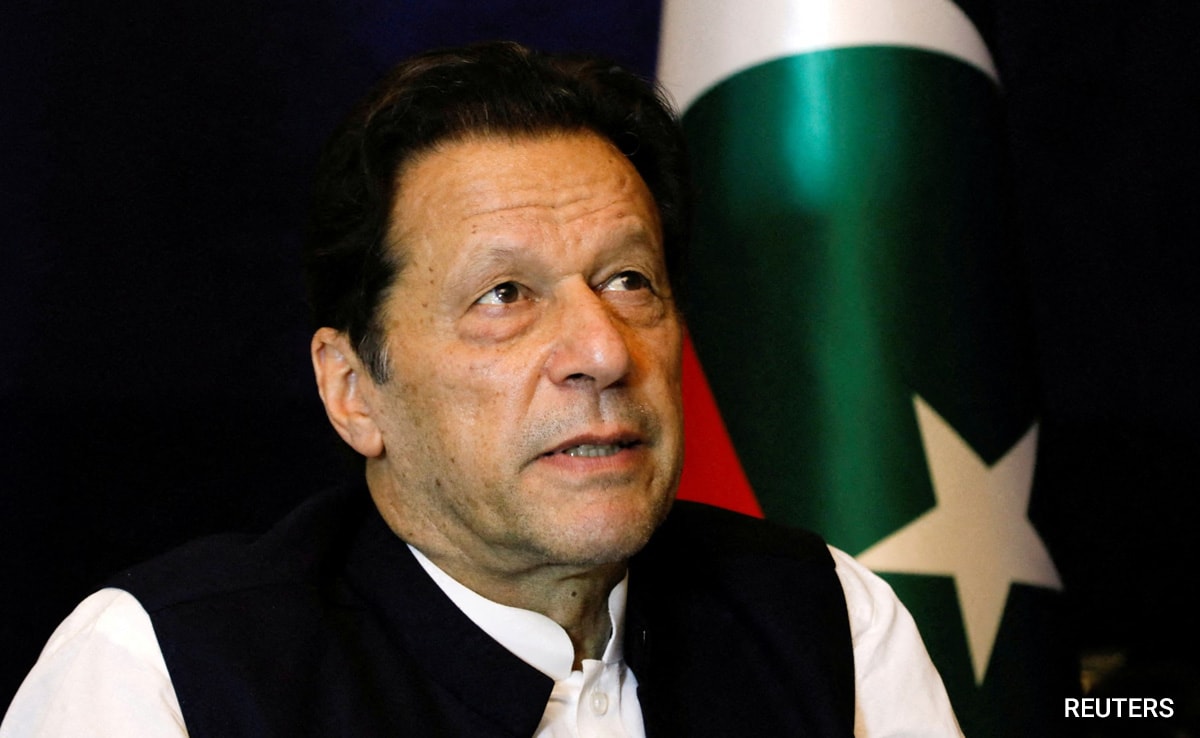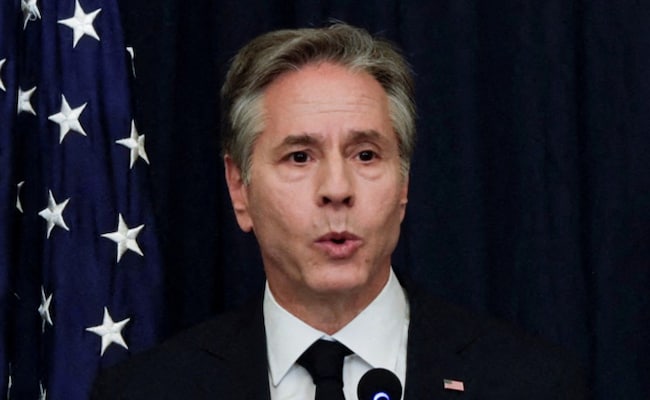Pope Francis celebrated the Catholic Church of the peripheries on Sunday (September 8, 2024) as he travelled to the remote jungles of Papua New Guinea, bringing with him a ton of medicine and toys and a message of love overcoming violence for the people who live there.
The Pope flew aboard a Royal Australian Air Force C-130 transport plane from Port Moresby to Vanimo, on the northwest coast of the South Pacific nation, close to the border with Indonesia. There, he met with the local Catholic community and the missionaries from his native Argentina who have been ministering to them.
A crowd of an estimated 20,000 people gathered on the field in front of the Vanimo cathedral singing and dancing when Pope Francis arrived, and he promptly put on a feathered headdress that had been presented to him.
In remarks from a raised stage, the Pope praised the church workers who go out to try to spread the faith. But he urged the faithful to work closer to home at being good to one another and putting an end to the tribal rivalries and violence that are a regular part of the culture in Papua New Guinea.
He urged them to be like an orchestra, so that all members of the community can come together harmoniously to overcome rivalries.
Doing so, he said, would help to end personal, family and tribal divisions “to drive out fear, superstition and magic from people’s hearts, to put an end to destructive behaviors such as violence, infidelity, exploitation, alcohol and drug abuse, evils which imprison and take away the happiness of so many of our brothers and sisters, even in this country.”
It was a reference to the tribal violence over land and other disputes that have long characterised the country’s culture but have grown more lethal in recent years. Francis arrived in Papua New Guinea to urge an end to the violence, including gender-based violence, and for a sense of civic responsibility and cooperation to prevail.
Earlier in the day, an estimated 35,000 people filled the stadium in the capital, Port Moresby, for the Pope’s morning Mass. It began with dancers in grass skirts and feathered headdresses performing to traditional drum beats as priests in green vestments processed up onto the altar.
In his homily, the Pope told the crowd that they may well feel themselves distant from both their faith and the institutional church, but that God was near to them.
“You who live on this large island in the Pacific Ocean may sometimes have thought of yourselves as a far away and distant land, situated at the edge of the world,” he said. “Yet … today the Lord wants to draw near to you, to break down distances, to let you know that you are at the center of his heart and that each one of you is important to him.”
After the Mass, the Pope boarded the C-130 with just a few aides and his security detail. On board was also the golf cart popemobile he was using in Vanimo, as well as a ton of humanitarian aid, including medicine, clothes and toys for children, according to Vatican spokesman Matteo Bruni.
The aircraft, which is based at Australia’s base in Port Moresby, was being used both because of its cargo capacity and because the small airport in Vanimo doesn’t have an ambulift, the wheelchair elevator that Francis now needs to get on and off planes. By flying in on a C-130, the Pope can disembark via the ramp, Vatican officials said.
The Pope has long prioritised the church on the “peripheries,” saying it is actually more important than the center of the institutional church. In keeping with that philosophy, he has largely shunned foreign trips to European capitals, preferring instead far-flung communities where Catholics are often a minority.
Vanimo, population 11,000, certainly fits the bill. Located near Papua New Guinea’s border with Indonesia, where the jungle meets the sea, the coastal city is perhaps best known as a surfing destination.
Pope Francis, history’s first Latin American pope, has also had a special affinity for the work of Catholic missionaries. As a young Argentine Jesuit, he had hoped to serve as a missionary in Japan, but was prevented from going because of his poor health.
Now as pope, he has often held up missionaries as models for the church, especially those who have sacrificed to bring the faith to far-away places.
There are about 2.5 million Catholics in Papua New Guinea, according to Vatican statistics, out of a population in the Commonwealth nation believed to be around 10 million. The Catholics practice the faith along with traditional Indigenous beliefs, including animism and sorcery.
On Saturday, Pope Francis heard first-hand about how women are often falsely accused of witchcraft, then shunned by their families. In remarks to priests, bishops and nuns, Francis urged the church leaders in Papua New Guinea to be particularly close to these people on the margins who had been wounded by “prejudice and superstition”.
“I think too of the marginalised and wounded, both morally and physically, by prejudice and superstition sometimes to the point of having to risk their lives,” Francis said. He urged the church to be particularly close to such people on the peripheries, with “closeness, compassion and tenderness.”
Pope Francis’ visit to Vanimo was the highlight of his visit to Papua New Guinea, the second leg of his four-nation tour of Southeast Asia and Oceania. After first stopping in Indonesia, the Pope heads on Monday (September 9, 2024) to East Timor and then wraps up his visit in Singapore later in the week.
Published – September 08, 2024 11:56 am IST










